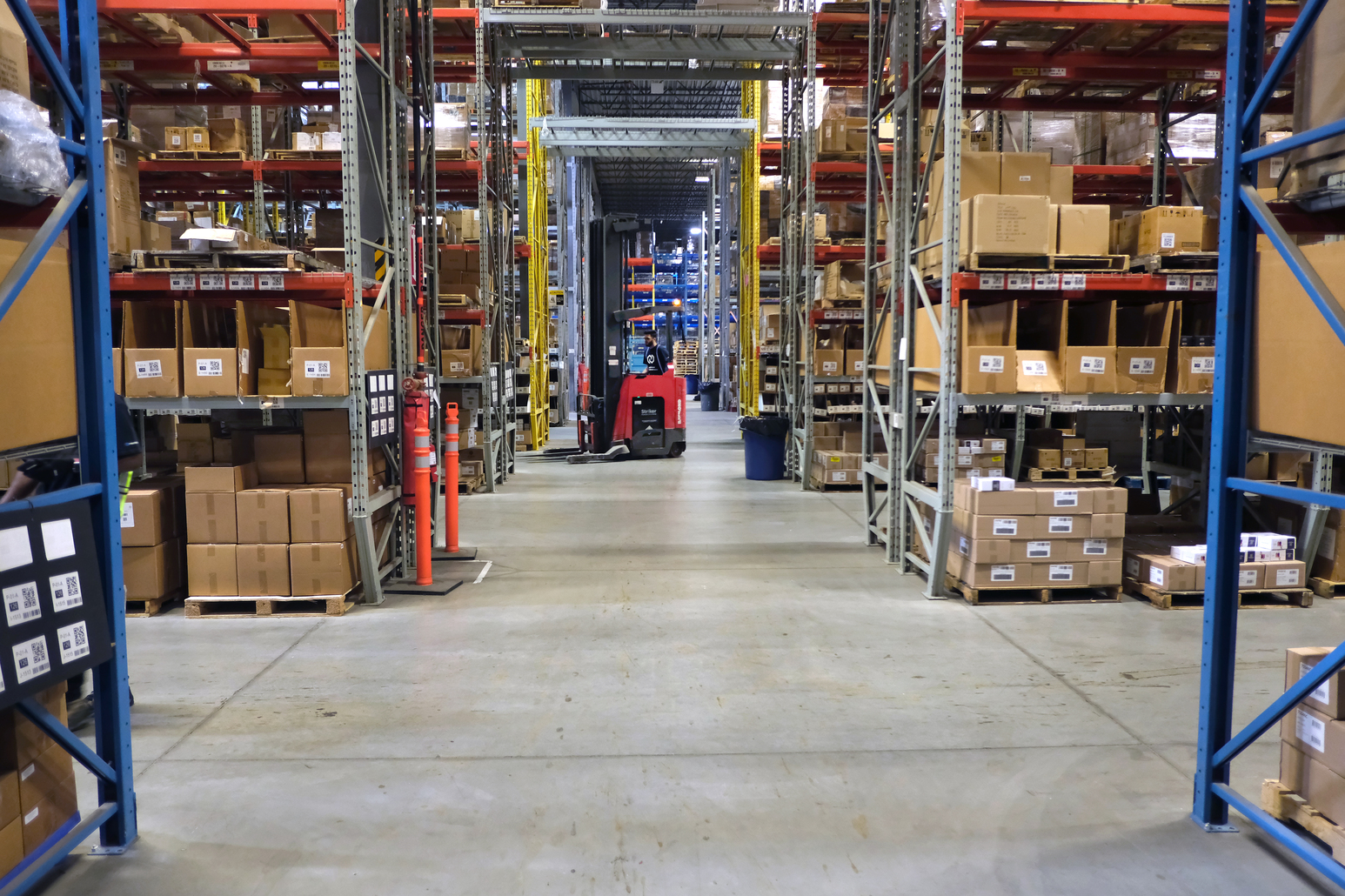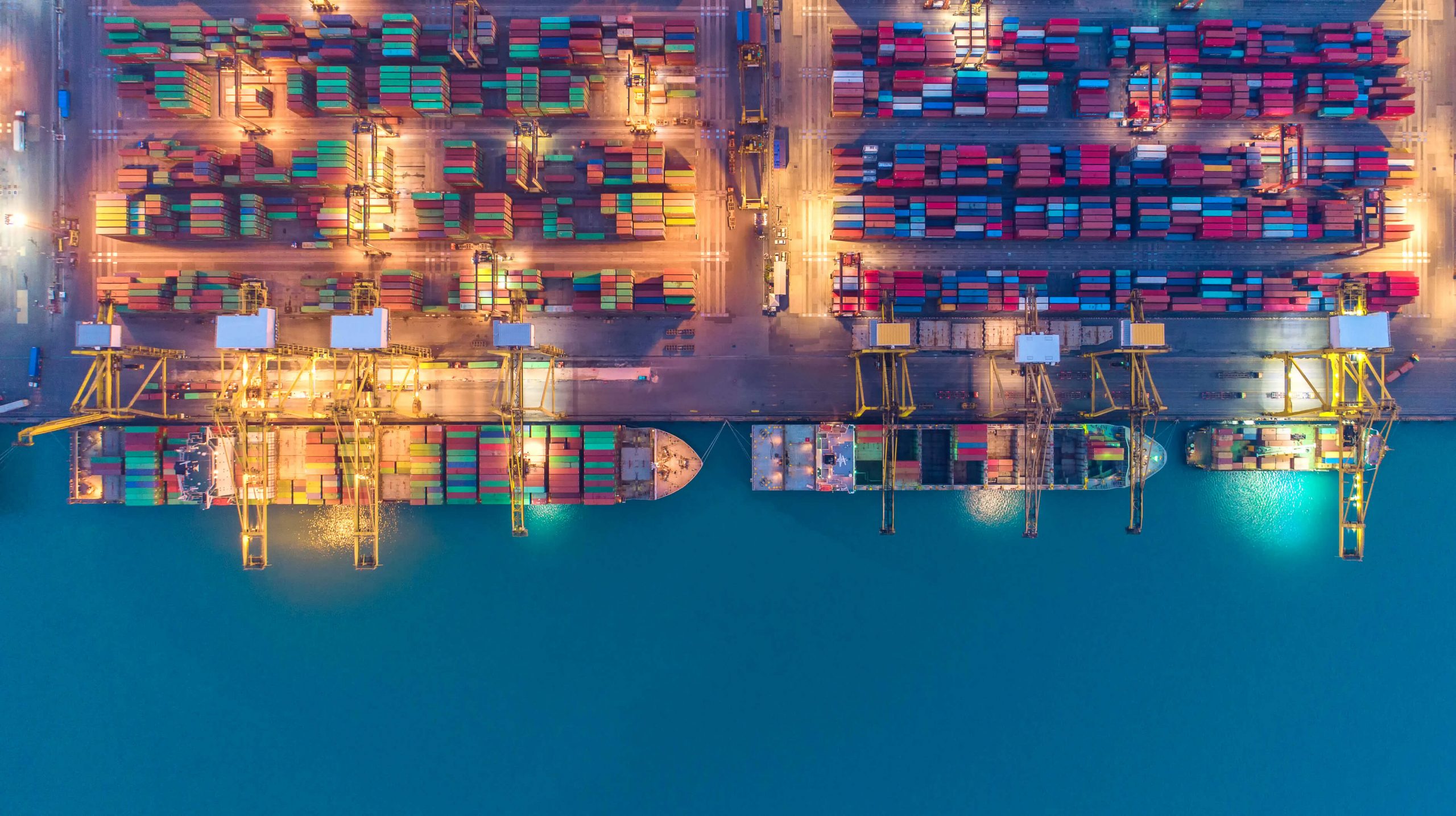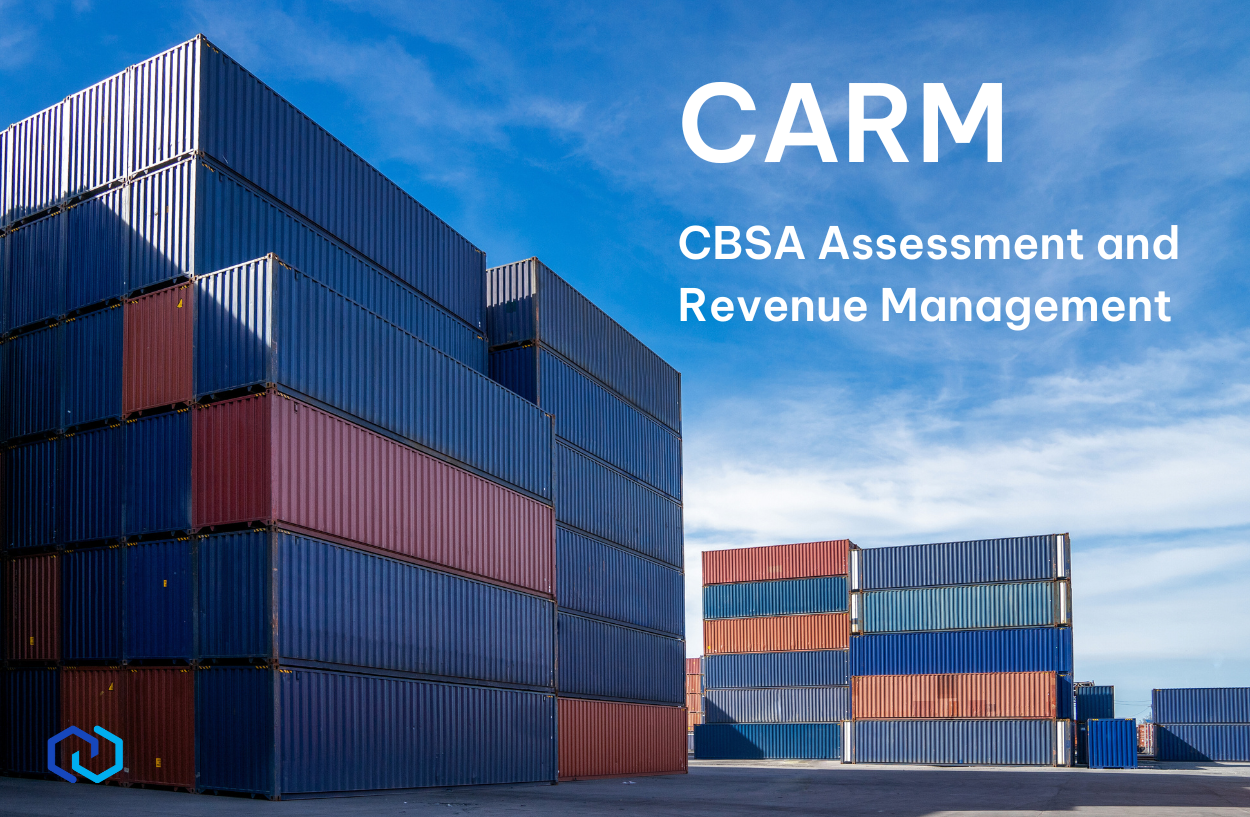In 1974, the Government of Canada put in place the General Preferential Tariff (GPT) in order to offer lower-than-normal tariff rates for imports from developing countries into Canada. However, effective January 1, 2015, the GPT is withdrawn from all goods that originate in many higher-income and trade-competitive countries such as China, India and Brazil.
How will this impact my company?
With this change, such goods must be accounted for under the Most-Favoured-Nation Tariff (MFN) and will be subject to a higher duty rate. This follows the Department of Finance notice published in Part II of the Canada Gazette, dated October 9, 2013.
Tariff rates increases will range from 3% to 18% depending of the product category. For example, wooden bedroom furniture will be dutiable at 9.5% under MFN instead of 6% presently assessed under GPT
Which countries will be affected by this withdrawal?
With the changes to the General Preferential Tariff, a total of 72 countries will no longer qualify for the GPT as of January 2015. After 2015, it has been stated that the federal government plans to review the country list every year, which will impact businesses who sign multi-year agreements with international partners.
Are all of my shipments imported into Canada after January 1, 2015 subject to the MFN tariff rates?
If your goods are already in transit prior to January 1, 2015, they will still be entitled to use the (GPT) lower rates of duty. As stated by the Canada Border Services Agency, the following guidelines will apply:
To claim the GPT rate of duty for goods that were in transit to Canada before January 1, 2015, but accounted for on or after January 1, 2015, importers must complete Form B3-3, Canada Customs Coding Form, as follows:
1) in field No. 14, “Tariff Treatment???, enter the Most-Favoured-Nation (MFN) tariff treatment “02???;

2) in field No. 26, “Special Authority???, enter P.C. 13-0967;
![]()
3) in field No. 33, “Rate of Customs Duty???, enter the MFN rate of duty;

4) in field No. 38 “Customs Duties???, enter the duty owing, calculated based on the GPT rate in effect prior to January 1, 2015.
![]()
Where claims for the GPT are made after January 1, 2015, importers should have in their possession proof that such goods were in transit to Canada before January 1, 2015.
Such proof may include, but is not limited to, the following documentation: sales orders, purchase orders, shipping documents (specifically the through bill of lading (TBL)), report of entry documents, and cargo control documents. The TBL must indicate that the goods started their journey to a consignee in Canada before January 1, 2015. Such proof may be requested at any time by a Canada Border Services Agency officer. Also note that a proof of origin remains a requirement when claiming the GPT.
How to determine the financial impact on my business?
If your company is presently benefiting from the (GPT) rates from one or more of the affected countries, you should review your product data base in order to determine which products are affected by the changes and how the (MFN) duty rates will affect your cost. Mantoria can assist you with this important revision and prepare your company accordingly.
For more information on the upcoming (GPT) withdrawal, please contact Robert Hamelin at 514-488-4004 or at info@mantoria.com



